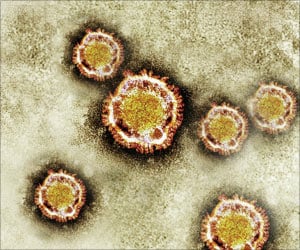Atrazine, one of the world's most widely used pesticides, can turn male frogs into females, according to a new study by University of California, Berkeley, biologists.
Atrazine, one of the world's most widely used pesticides, can turn male frogs into females, according to a new study by University of California, Berkeley, biologists.
According to researchers, atrazine wreaks havoc with the sex lives of adult male frogs, emasculating three-quarters of them and turning one in 10 into females.The 75 percent that are chemically castrated are essentially "dead" because of their inability to reproduce in the wild, reports UC Berkeley's Tyrone B. Hayes, professor of integrative biology.
"These male frogs are missing testosterone and all the things that testosterone controls, including sperm. So their fertility is as low as 10 percent in some cases, and that is only if we isolate those animals and pair them with females," he said. "In an environment where they are competing with unexposed animals, they have zero chance of reproducing."
The 10 percent or more that turn from males into females - something not known to occur under natural conditions in amphibians - can successfully mate with male frogs but, because they are genetically male, all their offspring are male.
"When we grow these guys up, depending on the family, we will get anywhere from 10 to 50 percent females," Hayes said. "In a population, the genetically male females can decrease or wipe out a population just because they skew sex ratios so badly."
Though the experiments were performed on a common laboratory frog, the African clawed frog (Xenopus laevis), field studies indicate that atrazine, a potent endocrine disruptor, similarly affects frogs in the wild, and could possibly be one of the causes of amphibian declines around the globe, Hayes said.
Hayes and his UC Berkeley colleagues report their results in this week's online early edition of the journal Proceedings of the National Academy of Sciences.
Source-ANI
SAV














